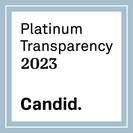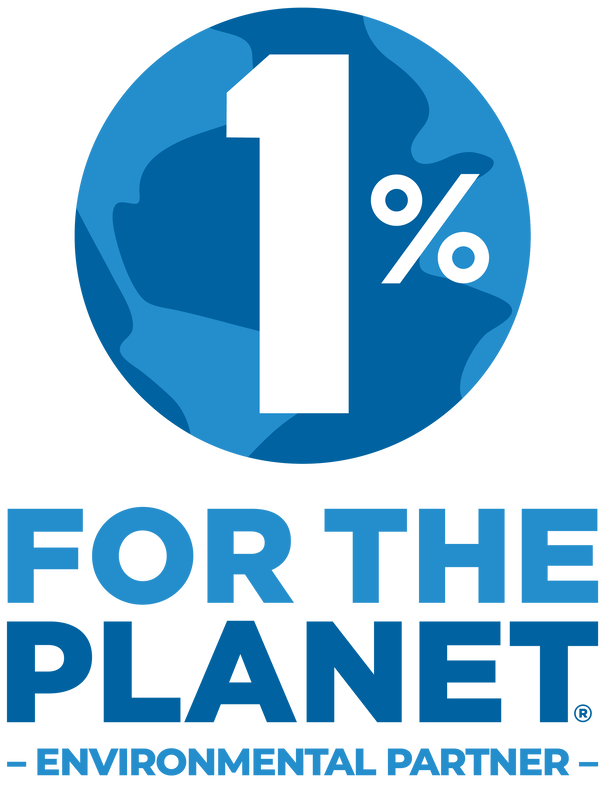Strawberry Point Elementary School's Remarkable Journey to Platinum Zero Waste Certification11/27/2023 In the heart of Mill Valley, California, a school community was buzzing with excitement, and the air was filled with cheers of triumph. This was a day to celebrate, as Strawberry Point Elementary School accomplished something extraordinary—they became the very first school to earn Platinum Certification in the Zero Waste Marin Schools Program. “This means we’ve been incredible at sorting our trash!” a student leader announced to her community during the all-school assembly. “Let’s keep it going!”
0 Comments
On a typically sunny San Diego afternoon, I met Dawn Wirts, a 9th grade physics teacher at High Tech High International, to drop off her air quality monitoring classroom kit. She offered me a campus tour and excitedly showed me around the school’s bright entryway, greeting almost every student along the way. During this first visit, the hallways were empty of the environmental murals and activism art that would soon fill them as a result of Dawn’s students’ participation in Energize Schools' annual People and Planet Challenge and Air Quality Program.
Spearheaded by their co-leaders, Timothy Lee and Trinity Ly, Summit Shasta‘s Environment Club conducted a four-day waste-sorting audit (seeing what waste could have been recycled or composted rather than thrown into the trash) to educate the school community on the importance of recycling and composting. Their resulting campaign was announced a winner of the of SEI's Earth Day Challenge.
When I met Sam Huang, a senior at Rosemead High School in Rosemead, CA, their passion for encouraging climate action shone through immediately. Though just a few days from graduation, Sam was thinking about how to support their garden club with summer volunteer work before heading off to college to study education. Sam and I spoke soon after they were announced as the Southern California winner of Energize Schools' Earth Day Challenge for their social media campaign urging their school community to improve their local and global environments through small changes to their daily habits.
By Matilda Peck
By Emily Mallen In SEI’s Climate Corps Education Outside Program (CCEO), we plant the seeds of science and ecoliteracy to grow environmental leaders in two big ways — with the students we teach and with the cohort of 31 early-career, environmental educators we place in outdoor classrooms on school campuses in the San Francisco Bay Area. To support our educators as they enter the field of environmental education, we provide a rigorous training and professional development program. This semester, our educators have already participated in 88 hours of training! As we prepare them for their work in schools, we offer instruction on a wide range of topics from lesson planning, equitable teaching practices and best practices in the outdoor classroom, veggie gardening, community engagement, and more.
Join us as we take a look at some of the highlights from this semester of the CCEO training program! By Beatrix Berry Students at Marin School of Environmental Leadership are taking their environmental knowledge and passion outside of the classroom and into the community. Throughout the summer several MarinSEL students partnered with Citizens’ Climate Lobby (CCL) to engage the youth community through a Youth Action Team, and they are continuing their work into this school year.
In the past few months, twelve students representing five schools joined the CCL Youth Action Team. Organized by MarinSEL student Harita Kalvai, this team met regularly at Panera Bread every other Saturday morning throughout the summer. During this time, students worked with CCL on a documentary spotlighting underrepresented communities in the face of the climate crisis. They had the opportunity to work with several filmmakers throughout California and are continuing to develop the script for the film. In the coming months, they will interview people in Paradise, California who were devastatingly impacted by the Camp Fire in 2018. By Tyler Valdes & TTriss Williams Renard For over 10 years, the School of Environmental Leadership (SEL), a program of SEI, has built strong, innovative leaders who are empowered to creatively and critically analyze issues and formulate plans of action. In the spring of 2020, as growing research has demonstrated the extensive health benefits that result from exposure to outdoor environments, Marin County Parks announced the continuance of its community grant program called “Breathe/Respira!” which seeks to provide the means to help the local community have access to parks. The title symbolizes the ability of outdoor recreation and connection with nature to reduce stress and improve health with the Spanish translation of “breathe”, respira, included to underscore the importance of making parks available to all Marin communities regardless of language or cultural background. Upholding strong values of equity and inclusion, SEL was successfully awarded a grant to support equitable access to parks for underserved communities - a project that would be spearheaded by SEL students.
Under the guidance of SEI staff and the Marin Environmental Forum, 10th grade students in SEI’s flagship SEL - Marin School of Environmental Leadership (MarinSEL) - coordinated a year-long Leadership and Environmental Action Development (LEAD) project that brought students at Laurel Dell Elementary School to local green spaces. LEAD projects, a key component of SEL, are equity-forward, community-based environmental action projects that focus on policy change. While the original project design culminated in a field day for K-8 students and their families in Marin County parks, the challenge of COVID-19 restrictions called for solutions driven by creativity, a 21st century skill fostered through SEL. By Fernando Gil In spring 2021, SEI hosted a virtual Energy Challenge, giving students a fun opportunity to learn about energy conservation, help spread awareness about energy use and climate change, and win scholarships to support their future college and career goals. In partnership with Whitehorse School in the Navajo Nation, Swinerton Renewable Energy, and Heart of America, SEI made this programming available to students fully offline, as 80% of students there do not have access to the Internet at home. This meant creating alternatives for all the online aspects of the original challenge, including educational resources and ways for students to share their work. The transition was a success as Whitehorse seniors were able to engage with content and launch creative energy conservation campaigns including presentations, poems, and infographics. Energy Conservation Poem by Xavier Martin Energy Campaign Reflection by Diana Whitehair
By Beatrix Berry Entering the realm of high school, with tall 12th graders, looming assignments, and the occasional beard, can be intimidating for many. It can feel especially daunting to a student who is less vocal in a room full of new faces. Despite entering the Marin School of Environmental Leadership (MarinSEL) feeling more quiet than her classmates, Harita Kalvai, a 10th grader in MarinSEL, has risen to the occasion to lead her peers and organize local youth activism for a cause bigger than herself. When Harita started high school at MarinSEL two years ago, she found it difficult to stick up for herself and share her opinions. Despite her initial shyness, Harita has grown to be a vocal environmental changemaker through a number of leadership opportunities she found through MarinSEL. Harita with MarinSEL classmates In a recent project for one of her MarinSEL classes, Harita and her teammates worked closely with Marin Transit to create stickers for public buses that depict COVID-safe behavior while on the bus. In this project, she took a leadership role and demonstrated her communication skills with industry professionals and community partners who are experts in their field.
|
Get In TouchDo you know an environmental leader who should be featured in a story? Reach out to [email protected]. Categories
All
Archives
April 2024
|
Get Involved
|
Contact Us
|
SEI Headquarters
100 Smith Ranch Road, Suite 124 San Rafael, CA 94903 Phone: (415) 507 - 2181 Email: [email protected] States where we work:
Arizona California Colorado Indiana Maryland New Mexico New York New Jersey North Carolina Oregon Washington Virginia |
ConnectSubscribe to the SEI quarterly newsletter to get involved and receive updates
|
SEI is a 501(c)3 nonprofit organization.

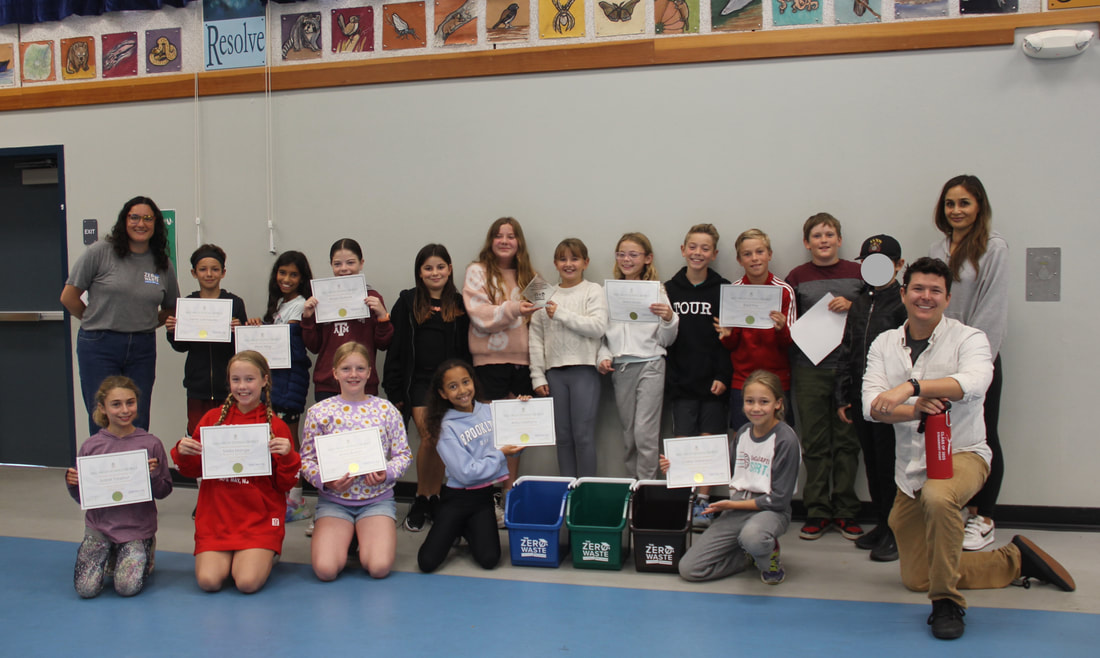
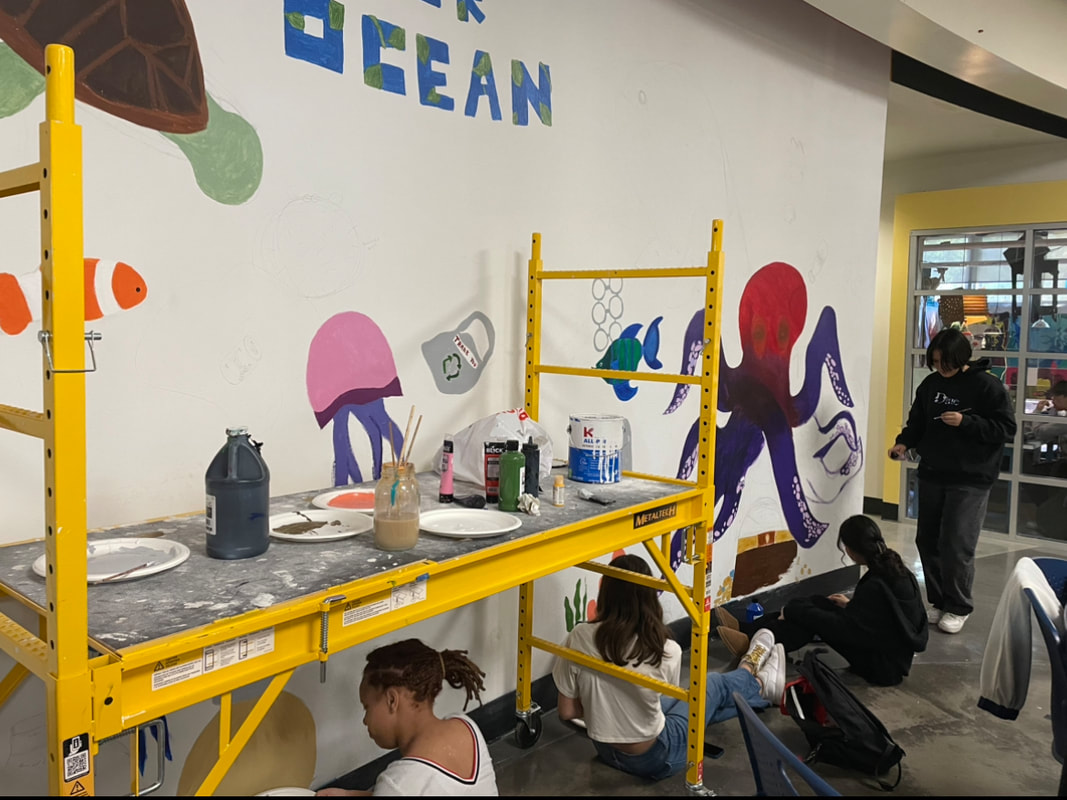
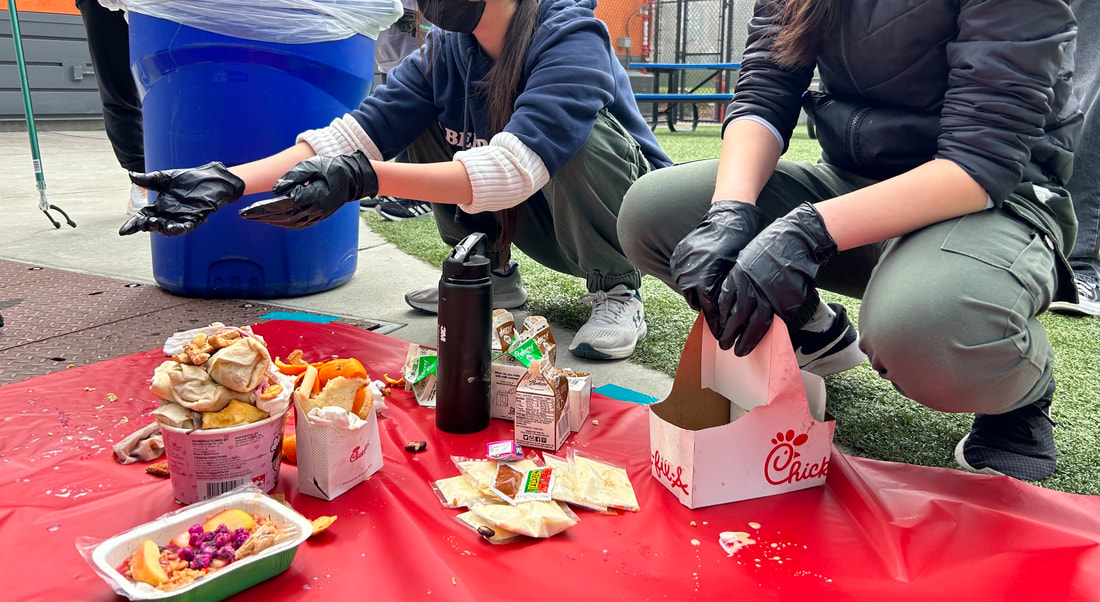
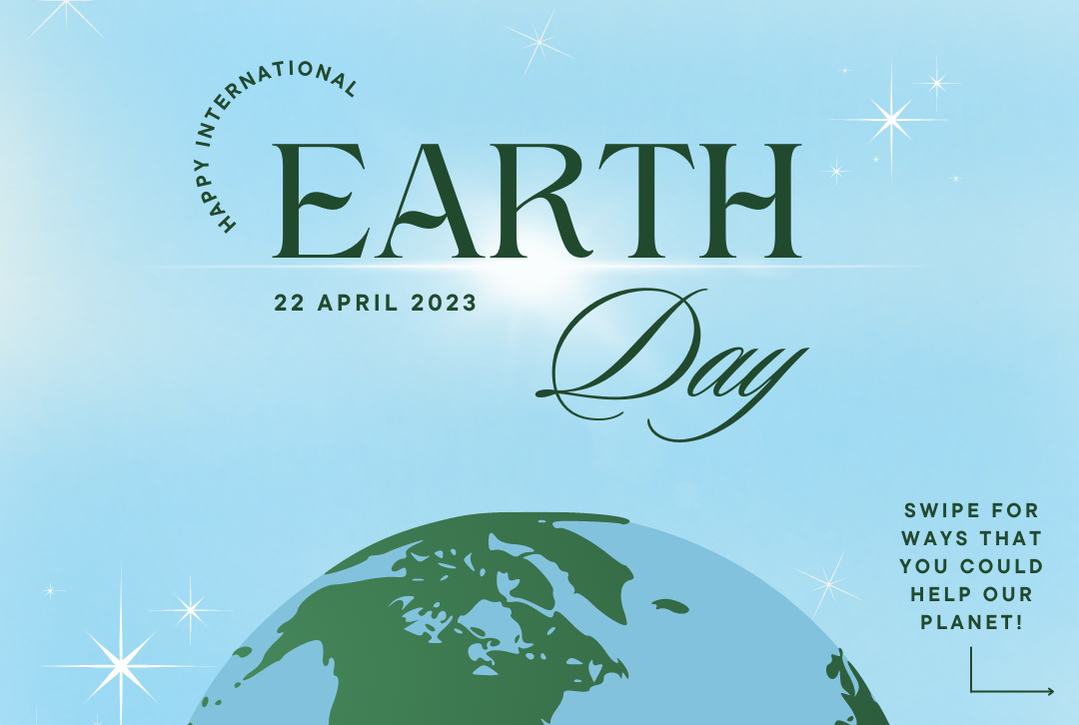
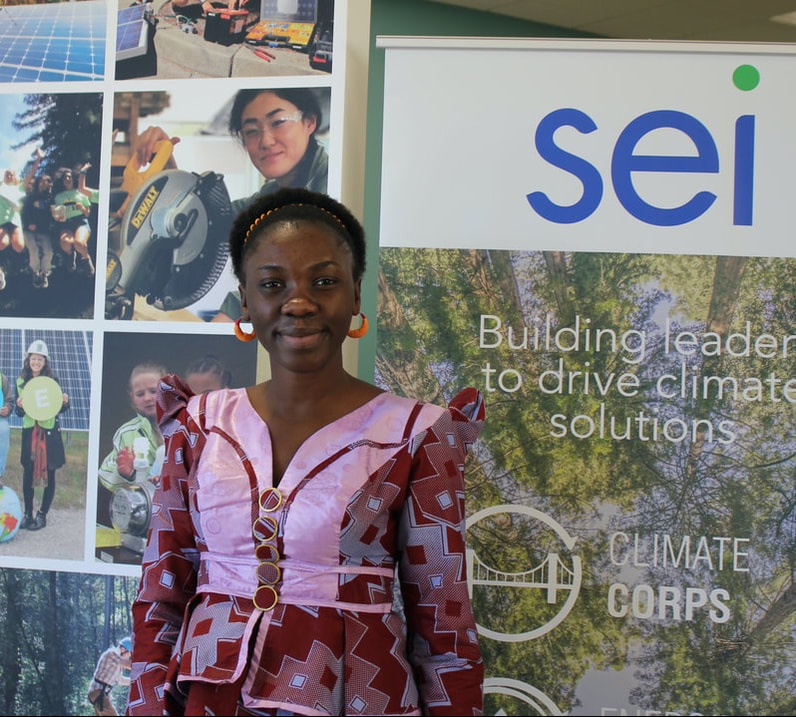
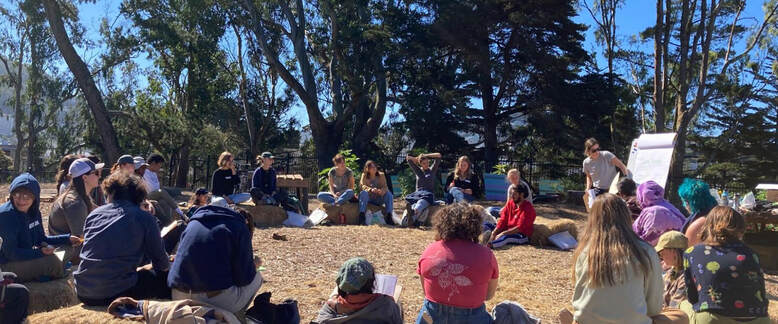
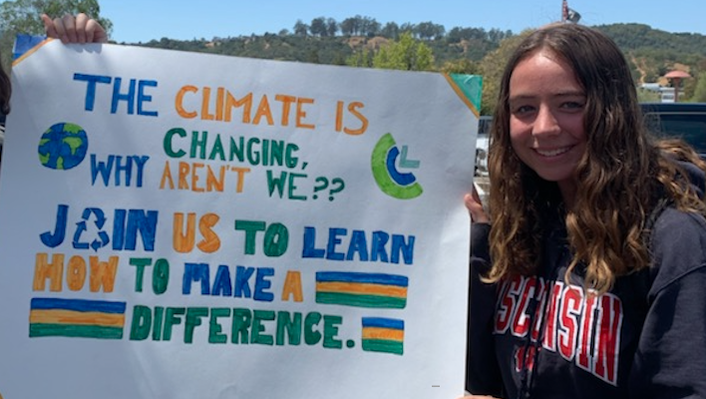
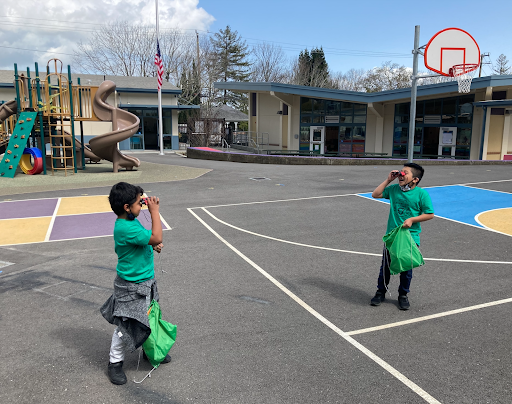
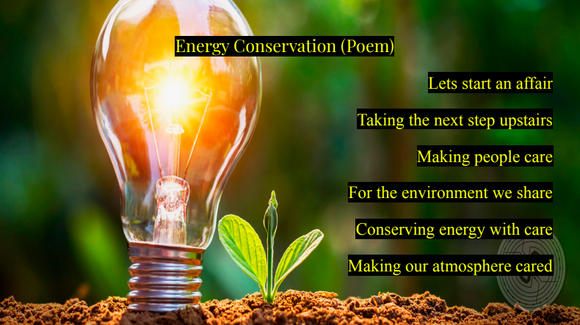
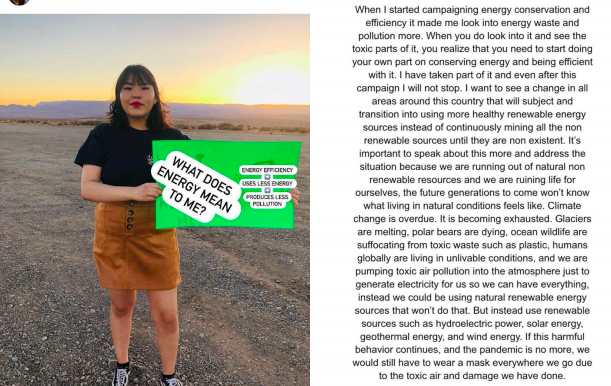
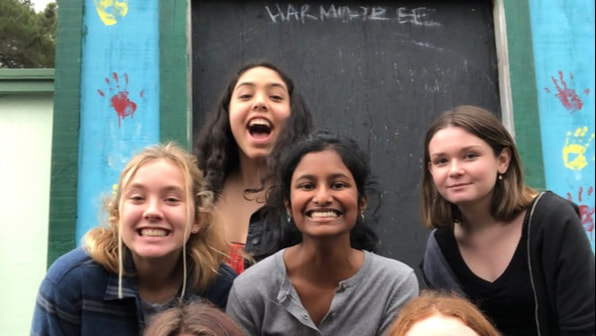
 RSS Feed
RSS Feed
